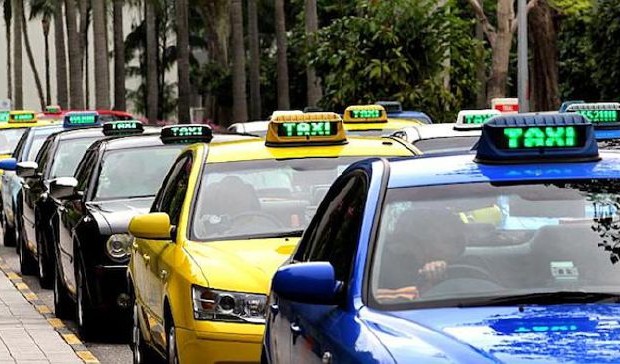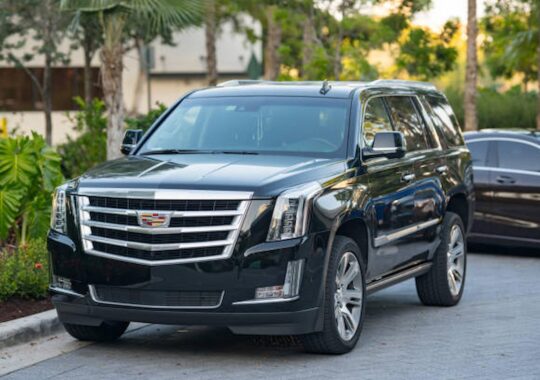If you’re one of those people who avidly follow Uber-related news, then you may have noticed that Uber has some rising competition in Southeast Asia in the form of a local Malaysian enterprise known as GrabTaxi. Obviously, most people’s first reaction would be to dismiss this challenge to Uber’s perceived global dominance in the ridesharing industry. That attitude would be misplaced, however, as Uber’s competition is gaining an ever larger foothold in its own regional market and threatening to upend its rival’s supremacy in the area.
Don’t misunderstand: nobody is suggesting that Uber is in danger of being driven from the Asian market. To the contrary, the company continues to maintain a powerful presence in the region and is expected to remain competitive. However, there are a number of factors in play that could prove beneficial to GrabTaxi as it continues to grow and break into new markets. These benefits could even provide the Malaysian giant with the type of advantage it needs to actually best the US company and ultimately secure a dominant position in Asia.
The Rise of GrabTaxi
To understand how this three-year old company can even entertain the notion of besting Uber at its own game, it is important to understand how we got to where we currently find ourselves. When Uber first launched five years ago, its impact on the taxi industry was underestimated by many. The company has spent the last half-decade systematically constructing a viable alternative to that traditional taxi model that has completely disrupted many taxi services in America and many other nations around the world.
Today, Uber has leveraged that disruption to its benefit, and now has a network that includes in excess of 160,000 registered drivers. The company provides its services in nearly five dozen companies, and serves nearly 300 cities. Its drivers provide a million rides each day, which comes out to about twelve booking transactions every single second. Despite that remarkable growth from startup to global giant in five short years, Uber continues to seek out new markets to expand its global reach and impact.
Meanwhile, GrabTaxi has emerged as Uber’s most threatening competitor in the Asian market. Based in Malaysia, the relatively young company has grown from its initial thirty taxis to its current fleet of more than 110,000. To get an idea of how well the newcomer is doing in comparison to Uber, one need only look at its own booking rate: eleven transactions each second, nearly equal to Uber’s pace. More importantly, those numbers are all being achieved in just six national markets that include only 22 cities!
So what does that mean for GrabTaxi? The most obvious observation is that its massive results in what can only be considered an extremely limited market leave it with tremendous upside for potential growth. And make no mistake about it: GrabTaxi is determined to grow.
The GrabTaxi Advantage
No one should assume that Uber’s current size and pocketbook will guarantee it victory in any head-to-head competition with its Malaysian competitor. The fact is that GrabTaxi has a number of simple advantages that may prove extremely beneficial as it competes in the Asian market:
- The company has a firm grasp on its market. As a result, one of the first things that GrabTaxi did was to survey its drivers to determine their level of familiarity with smartphone technology. After all, a company that relies on smartphone app technology to coordinate its business activity needs drivers who can manage that tech. The discovery that many of those drivers had little experience with this technology led GrabTaxi to develop a subsidy scheme to provide them with the smartphones and training they needed to be effective.
- The company is local, and has a better understanding of the cultures of the countries it serves. That has enabled GrabTaxi to create promotions that are appropriate to the attitudes and sensibilities of the people in those local markets.
- GrabTaxi’s reliance on coordinating existing taxi drivers rather than contracting with independent, non-licensed drivers appears to be paying off as well. While Uber is laboring under an onslaught of bad news – driver lawsuits, and instances of rape and assaults on some passengers, GrabTaxi’s professional taxi drivers have provided very little bad press for the company.
- That reliance on an existing supply of taxis has also helped GrabTaxi to compete in another important way. Because Uber’s independent drivers in the Asian markets are not always as available as passenger needs might merit, the company has had some problems related to passengers having access to the rides they need without unnecessary delays. GrabTaxi has avoided those issues as well, with a professional fleet of registered drivers who are more effectively able to canvas entire cities.
- In addition, the two companies’ funding is more comparable than the numbers would indicate. While Uber’s total funding has amounted to roughly eighteen times the amount raised by GrabTaxi, the latter’s much more limited and regional market tends to negate the disparity. Its $340 million in funding has a bigger impact in the concentrated Asian marketplace than Uber’s nearly $6 billion can have in the much large global market.
Uber, meanwhile, continues to have one advantage over all its Asian competitors, and that advantage may sustain it until it can neutralize some of its own weaknesses in the market. That advantage is in the area of rider comfort. Passengers routinely report that Uber vehicles are uniformly clean, well-attended, quiet, and comfortable. While many of GrabTaxi’s vehicles certainly meet those standards, many apparently do not.
Still, GrabTaxi is improving every aspect of its business operations each and every day. At the very least, even with its weaknesses, the company has already demonstrated that it can remain competitive with the industry’s recognized giant. There is no reason to suspect that the Malaysian company’s continuing strides to improve its operations won’t eventually see it becoming an even more welcome alternative to Uber throughout Southeast Asia.





